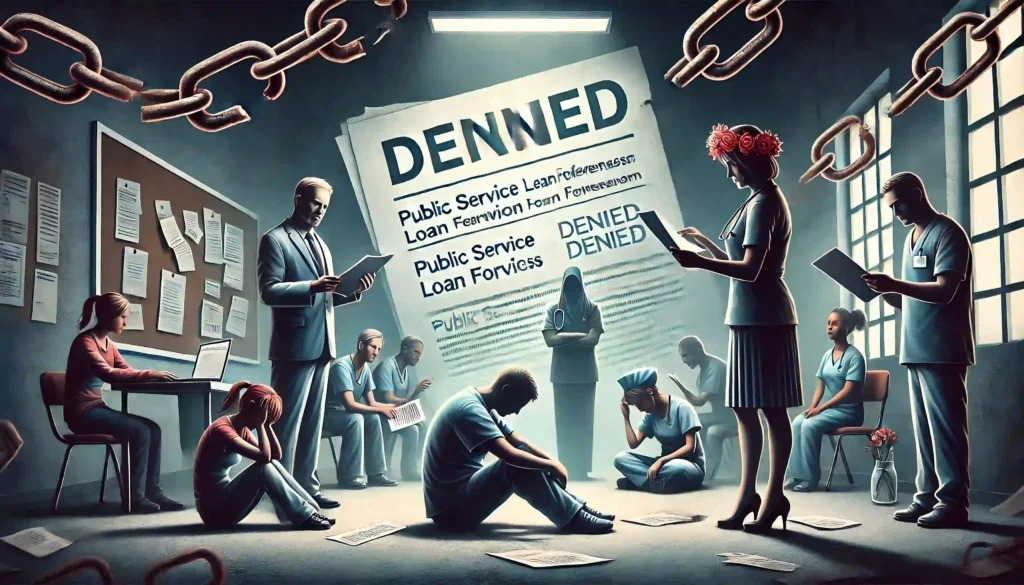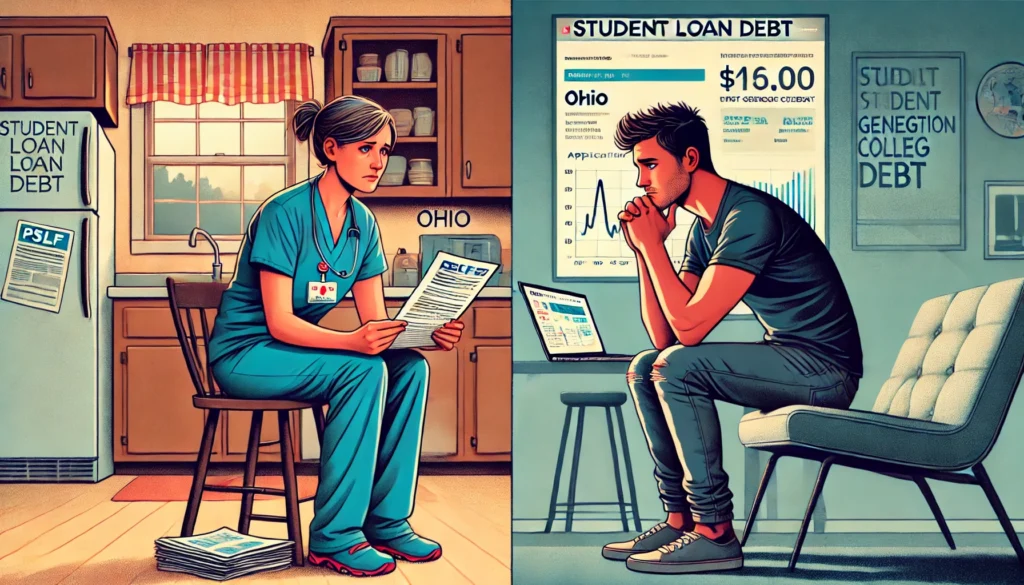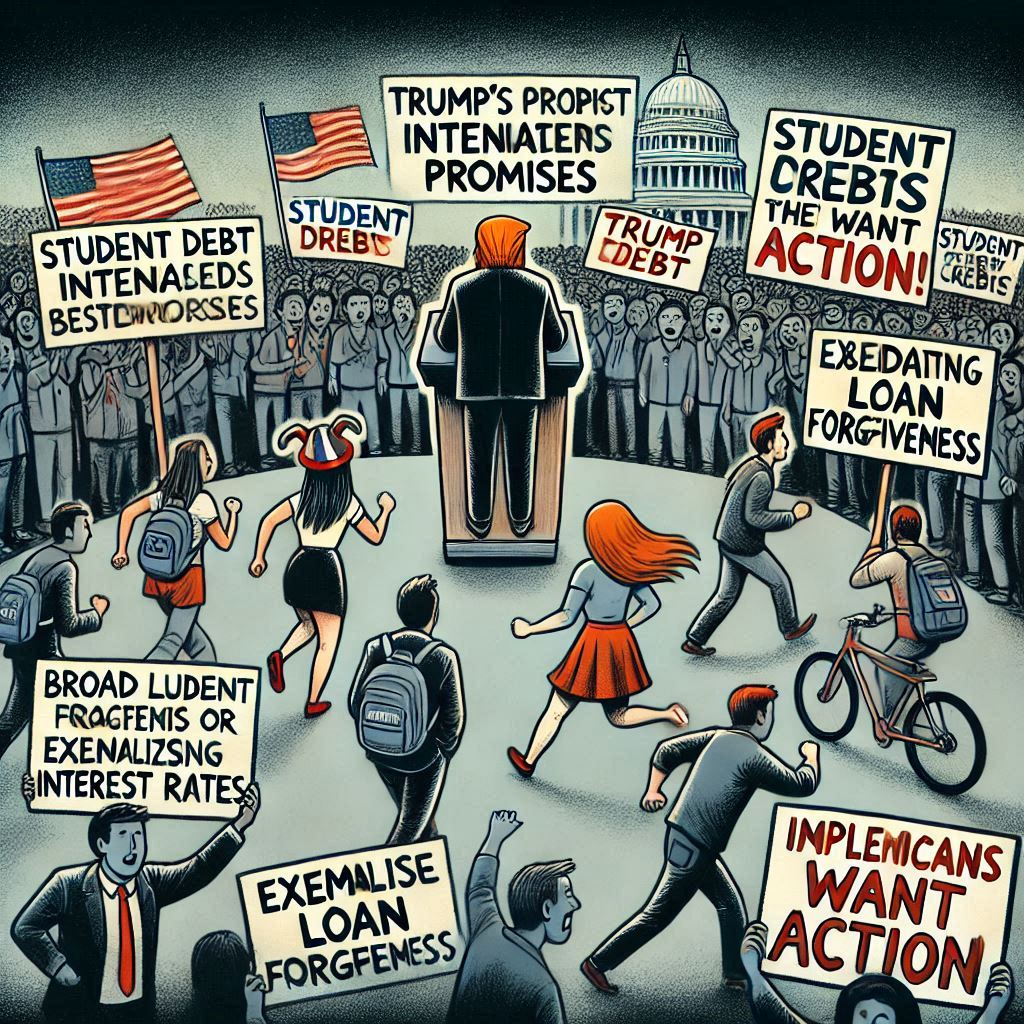The burden of student debt weighs heavily on millions of Americans, and for many, the outlook feels grim. Under former President Trump’s administration, policies surrounding student loans raised concerns among borrowers, leaving many to fear that relief was farther out of reach than ever. Was it as bad as they feared, or did reality paint a different picture?
A Promise of Public Service, Broken?
For years, the Public Service Loan Forgiveness (PSLF) program stood as a beacon of hope for those dedicating their careers to public service. Teachers, nurses, and social workers were promised that, after ten years of payments, their remaining student loans would vanish. Yet, during Trump’s tenure, the program became notorious for its failures.
Shockingly, only 1% of applicants received forgiveness, despite meeting eligibility requirements. The process was riddled with bureaucracy, and borrowers were often denied due to technicalities like using the “wrong type” of repayment plan. The frustrations ran deep, and for many, the program felt more like a cruel joke than a lifeline.

Interest Rates and the “Debt Trap”
Borrowers frequently cited soaring interest rates as their biggest hurdle. Many found themselves in a cycle where payments barely scratched the surface of the principal loan amount. With no caps or meaningful regulation changes during Trump’s term, the interest alone kept millions from seeing a light at the end of the tunnel.
Imagine this: a graduate with $60,000 in loans paying $500 monthly for years, only to discover their balance had barely budged. This wasn’t just a financial burden—it was an emotional one. People began to wonder: would they ever escape this debt?

The Bigger Picture
Critics argue that the student debt crisis didn’t begin with Trump, nor did it end with him. Still, his administration’s policies—or lack thereof—amplified the issue. Conversations about loan forgiveness often felt like political theater, with little actual relief reaching those in need.
The Human Toll: Stories of Borrowers
Take Sarah, a nurse in Ohio. She’s been making steady payments for eight years under the PSLF program. When she applied for forgiveness, she was told her payments didn’t count because of a clerical error in her loan servicing. “I’ve followed every rule. How is this fair?” she asked, holding back tears.
Then there’s Kevin, a first-generation college graduate working in tech. Despite landing a stable job, he feels trapped by his six-figure loan balance. “It’s not just debt—it’s my future that feels compromised. Every decision, from buying a house to starting a family, revolves around these loans.”

What’s Next for Borrowers?
While Trump’s presidency intensified borrowers’ concerns, the student debt crisis is a systemic issue. Moving forward, Americans are demanding more than promises—they want action. Proposals like broad loan forgiveness or eliminating interest rates have gained traction, but implementation remains uncertain.

Our Take
The student debt crisis is more than a numbers game; it’s about real people whose lives are shaped by decisions made in Washington. Borrowers like Sarah and Kevin aren’t looking for handouts—they’re seeking fairness in a system that often feels rigged against them.
As policymakers debate the future of student loans, one thing is clear: Americans need a solution, not empty rhetoric. Will the next administration rise to the challenge? Only time will tell.







